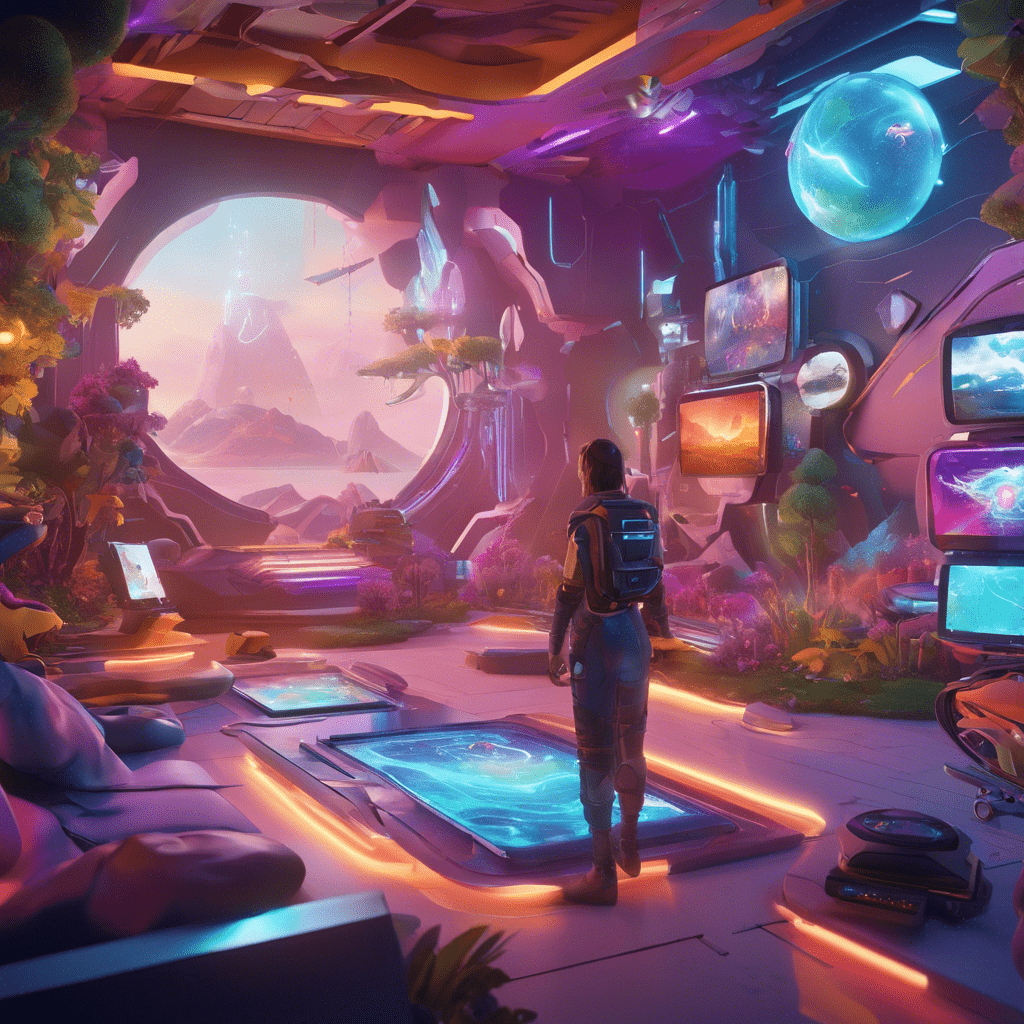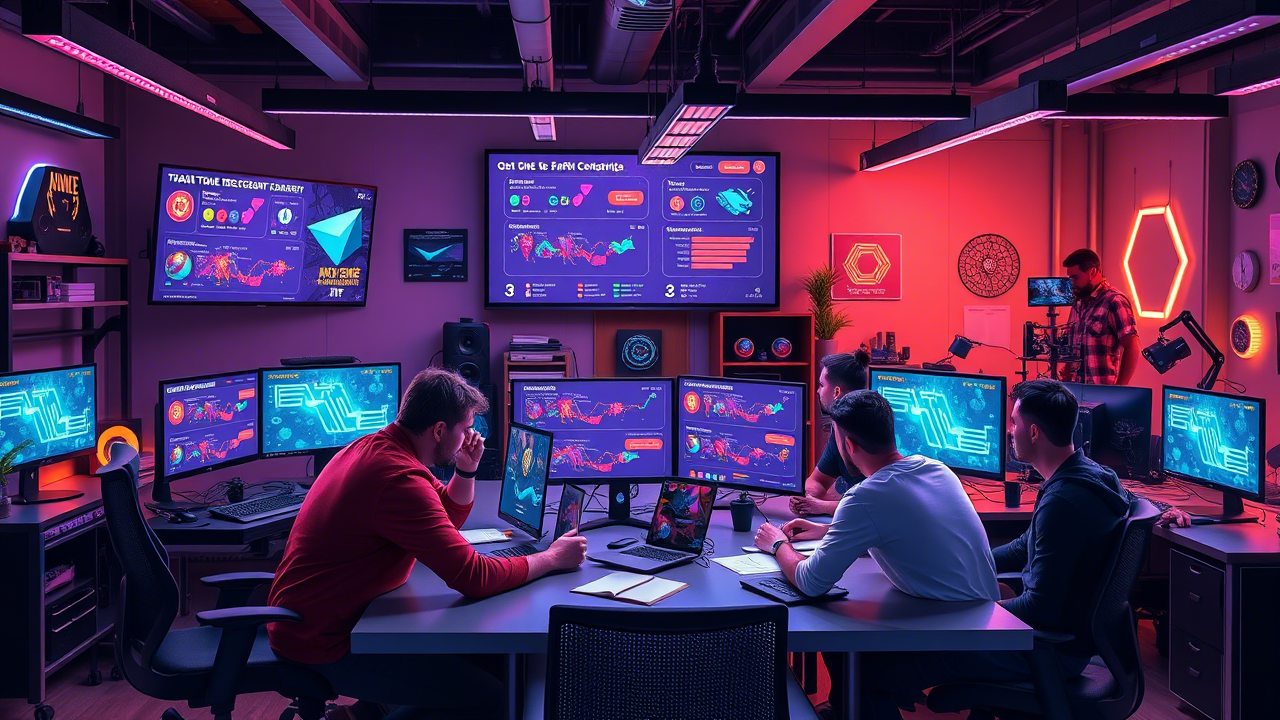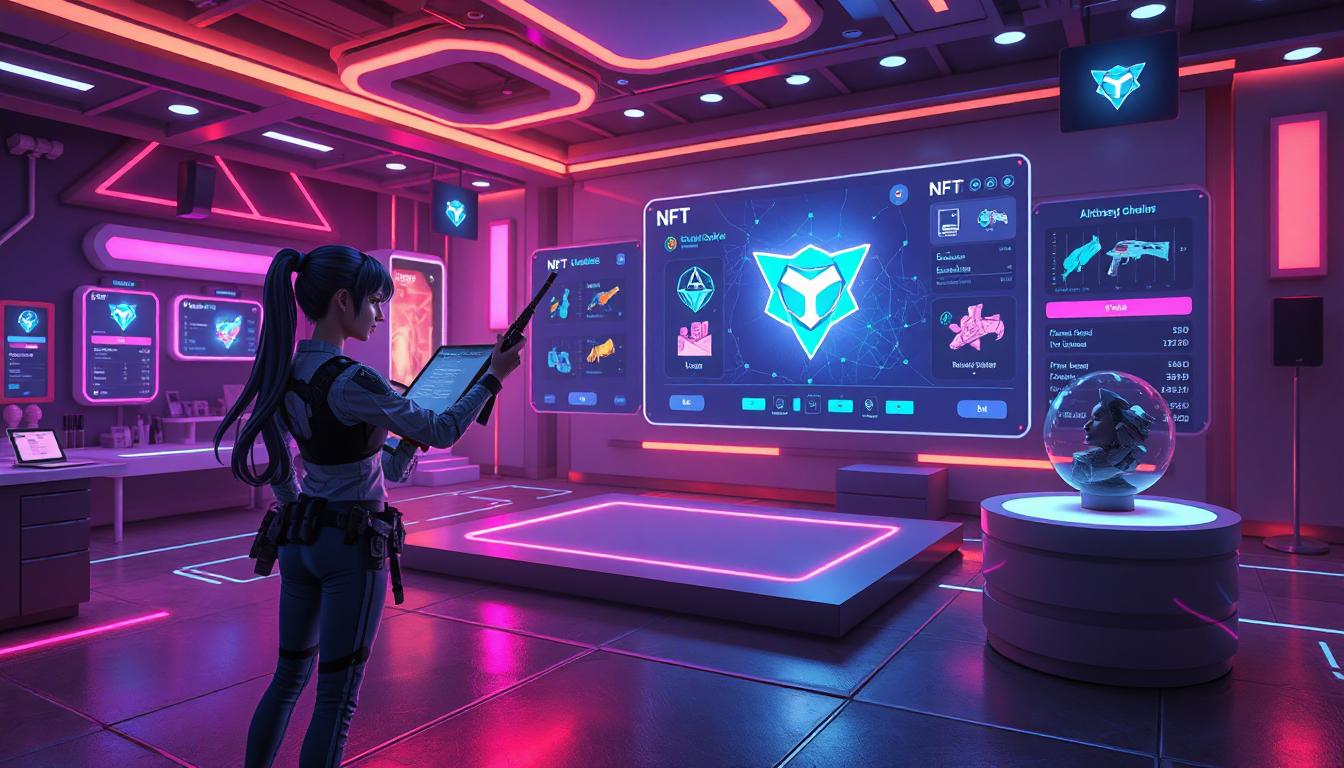The Rise of Next-Generation 3D Creation Engines
We stand on the brink of a revolutionary shift in 3D creation engines. With the major engines—Unity, Unreal, Roblox, and Godot—all well over 15 years old, and built for a different era of computing, the stage is set for a new wave of engines driven by advancements in AI, cloud computing, and emerging spatial platforms. Unity’s recent pricing changes have further fueled the search for alternatives, opening a unique window of opportunity for next-generation engines to reshape the industry.
The Evolution of Game Engines
The pursuit of creating immersive, interactive worlds has always captivated human imagination. From ancient myths to today’s digital realms, the desire to build and explore has never been more achievable. In the past, creating these worlds was the domain of a few exceptionally talented individuals—like Shigeru Miyamoto, James Cameron, and George Lucas. Now, we’re entering an era where advanced technology will democratize creation, making it possible for anyone to bring their imagination to life.
Traditionally, game engines were developed in-house by studios, but now third-party engines dominate the field. These engines are not only used for games but for all kinds of virtual simulations. As technology evolves, the term “game engine” is becoming increasingly outdated. We’re transitioning to what we now call 3D Creation Engines.
In the early days of computer graphics, there was a clear divide between tools for games and those for high-fidelity visual work like animation and VFX. As game engines have approached near-photorealistic graphics, the boundaries between these areas are beginning to blur. The technologies that originated in gaming are now influencing broader industries, from film to architecture.
What Defines a Next-Generation 3D Creation Engine?
AI-Native Engines: Accelerating Creativity We’re moving towards a future where creation can start with a simple text input, drastically lowering the barrier for new creators. AI-native engines will harness multi-modal generative models, allowing for real-time, intuitive content creation. Imagine placing a desk in a virtual office and having the AI automatically suggest and place appropriate furniture, generate relevant animations, and create sound effects. The goal is to move beyond bottlenecks in content creation and focus on creative collaboration and review.
Cloud-Native Engines: Customization and Scalability Current engines are monolithic desktop applications, outdated in the era of cloud computing. Future engines will be modular, built on microservices and APIs, enabling developers to tailor their tools to specific projects without unnecessary bloat. Assets and data will reside in the cloud, allowing for elastic scaling of compute resources and progressive streaming of content.
Multiplayer Co-Creation: Real-Time Collaboration The move to cloud-native applications will bring real-time collaboration to game development, much like how tools like Google Docs have transformed document creation. Creators will be able to work together from anywhere, using any device, with built-in version control and instant feedback.
Adaptive UX: Tailored User Experiences Cloud-based, modular applications will offer adaptable UX to meet diverse needs—from novice to expert. These engines will introduce functionalities gradually and feature customizable editor interfaces, ensuring a smoother learning curve and more effective tools for different use cases.
Community Modding: Empowering Creators Next-gen engines will come with robust modding environments, enabling developers to extend their creations to community contributors. With assets and data stored in the cloud, modders can remix and republish content, fostering a vibrant ecosystem of user-generated content.
How Will Next-Gen Engines Emerge?
It’s unlikely that a single engine will address every use case from the start. Instead, we’re likely to see specialization and unbundling, with engines focusing on specific genres, platforms, or AI capabilities.
Vertical Focus: Specialized Platforms Next-gen engines may begin as highly specialized tools for particular genres or art styles. For example, an engine might cater specifically to Battle Royale games or anime ARPGs. By demonstrating their capabilities through flagship content, these engines can build credibility and attract developers.
New Platforms: Tailored Solutions Engines optimized for emerging platforms like XR or the 3D web will offer enhanced performance compared to general-purpose engines. This specialization will be crucial for delivering high-quality experiences on new or underserved platforms.
AI World Generators: Reimagining Creation New consumer-facing tools will revolutionize world-building, allowing users to generate and interact with 3D scenes through simple inputs. Imagine creating a dynamic 3D environment from a text prompt or a single image, with the ability to explore and modify it in real-time. These tools will evolve to support sophisticated interactions and potentially even integrate with real-world experiences.
Implications for the Industry
Existing Engines: Persistence and Adaptation Unity and Unreal will continue to dominate in the short term, evolving with AI-assisted tools while the new generation of engines develops. Eventually, even established studios may adopt these next-gen tools as they mature.
Content Diversity: A Cambrian Explosion As barriers to creation fall, expect an explosion of diverse, innovative content. The democratization of tools will lead to a surge in new games and experiences, reminiscent of past trends where new technologies enabled groundbreaking creativity.
Revenue Models: Shifting Paradigms The industry may shift towards revenue-sharing models rather than fixed SaaS fees. This approach could enable developers to benefit from both their own creations and a broader ecosystem of user-generated content.
Blending Media: Games and Film Converge As technology advances, the distinction between games and films will continue to blur. The same assets and tools will be used across media, allowing for more integrated and immersive storytelling experiences.
Interactive Futures: Embracing Change The future of entertainment is interactive, with limitless potential for creativity and engagement. Although challenges remain—technical, computational, and conceptual—the path ahead promises an exciting transformation in how we create and experience digital worlds.
In summary, the future of 3D creation engines is poised for a dramatic shift, driven by advancements in AI, cloud computing, and new platforms. The next decade will usher in a new era of interactive entertainment, where the only limits are those of imagination.
Reference:




